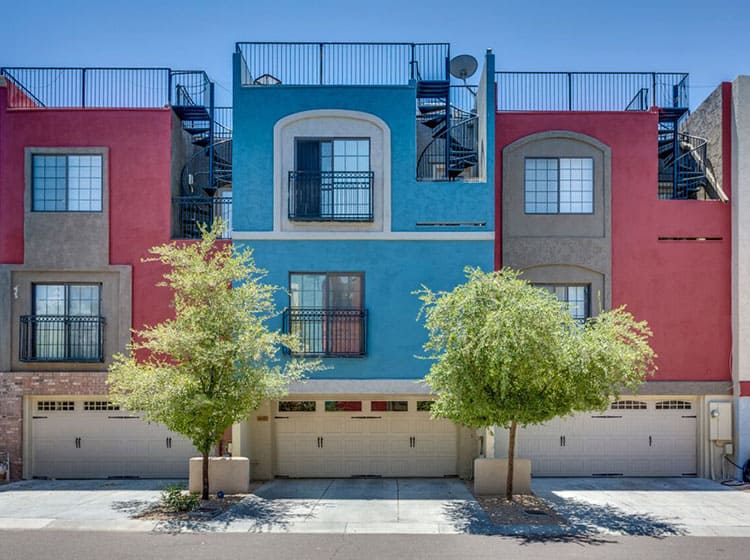Comprehensive Instructions For Ready-Making Your Walls For Painting
Comprehensive Instructions For Ready-Making Your Walls For Painting
Blog Article
Material Develop By-Terp Kearns
When you're prepping your walls for painting, it's crucial to adhere to a systematic process to make sure a remarkable surface. Beginning by taking a look at the wall surface for any damage; this action can make or damage your job. When you've recognized any type of problems, cleaning the surface appropriately is crucial, as a dirty wall surface can impact paint attachment. Afterwards, you'll need to spot any kind of imperfections and use a guide. However there are specific techniques and ideas that can raise your preparation video game-- let's check out those further to achieve the best outcomes.
Assessing Wall Condition
Before you get your paintbrush, take a moment to evaluate your walls' problem. Look for any kind of noticeable damage like splits, holes, or peeling paint. just click the up coming post can influence just how the paint sticks and looks once it's dry. If you see any type of considerable damages, you'll require to focus on fixings prior to diving into painting.
Look closely at the texture of your wall surfaces. Is the surface smooth, or is there texture that might require special factor to consider? Smooth walls normally require less prep, while textured surfaces might require more time to repaint equally.
Additionally, take into consideration the previous paint task. If the old paint is glossy, it mightn't enable brand-new paint to stick correctly. You'll need to know if your walls have actually been painted with oil-based or water-based paint, as this can influence your choice of primer or paint.
Ultimately, keep in mind of any kind of moisture issues. If you see indications of water damages or mold and mildew, address these problems immediately to stop further issues.
Cleaning the Surface area
As soon as you've assessed the problem of your wall surfaces, the following action is cleaning the surface area. Begin by collecting your materials: a pail, warm water, a light cleaning agent, a sponge or towel, and a scrub brush for tougher areas.
Begin at the top corner of the wall and function your method down. Mix the detergent with warm water in your pail, then dip the sponge or cloth into the option. Wring it out to prevent too much wetness on the wall surfaces.
As you cleanse, pay very close attention to locations that could've built up dust, grease, or fingerprints. For persistent discolorations, make use of the scrub brush gently to prevent damaging the paint beneath. Wash your sponge or cloth regularly in tidy water to avoid spreading dirt around.
After cleaning, it's vital to clean the walls with a wet cloth to get rid of any kind of soap residue. This action ensures a smooth surface area for the new paint to follow.
Permit the wall surfaces to dry entirely before proceeding to the following prep work steps. This detailed cleaning process will help develop a fresh canvas for your paint job, ensuring the most effective results.
Patching and Priming
Patching and priming are essential steps in preparing your wall surfaces for a fresh layer of paint. First, check your wall surfaces for any holes, fractures, or flaws. Make use of a top quality spackling compound or patching paste to fill up these areas.
Use the compound with a putty knife, smoothing it out so it's flush with the surrounding surface area. Allow it to dry completely, and afterwards sand it lightly till it's smooth and also.
Once you've covered whatever, it's time to prime. Guide helps secure the patched areas, making sure the paint sticks effectively and offers a consistent surface. Select a guide appropriate for your wall type and the paint you'll be utilizing.
Apply https://find-a-painter-near-me21098.blogthisbiz.com/39957029/learn-just-how-the-ideal-color-selections-can-reinvent-a-small-room-s-atmosphere-and-find-the-unusual-influence-on-your-mood-what-will-you-find using a roller for bigger locations and a brush for corners and sides. If your patched areas are significantly big or porous, you could wish to use a second layer of primer after the initial one dries.
After priming, let every little thing completely dry thoroughly before moving on to painting. This prep work will not only boost the look of your wall surfaces but likewise prolong the life of your paint job.
Take your time, and you'll be pleased with the results.
Conclusion
By adhering to these straightforward actions, you can attain a smooth and specialist coating on your walls. Begin by evaluating their problem, after that tidy and spot any imperfections prior to using primer. Keep in mind to allow sufficient drying time and ensure whatever is smooth prior to you study painting. With the right prep work, you'll establish the stage for a beautiful change in your area. Currently, gather your materials, breathe in the fresh air, and get ready to paint!
